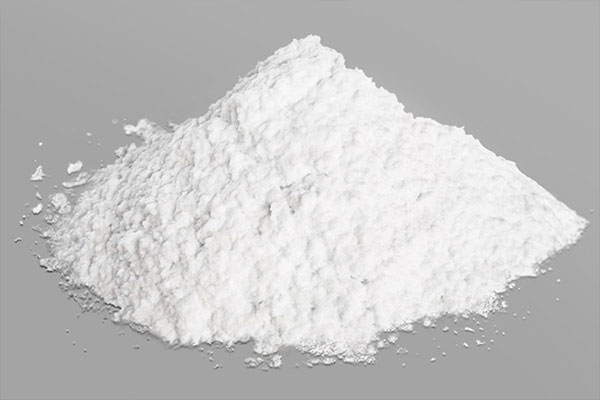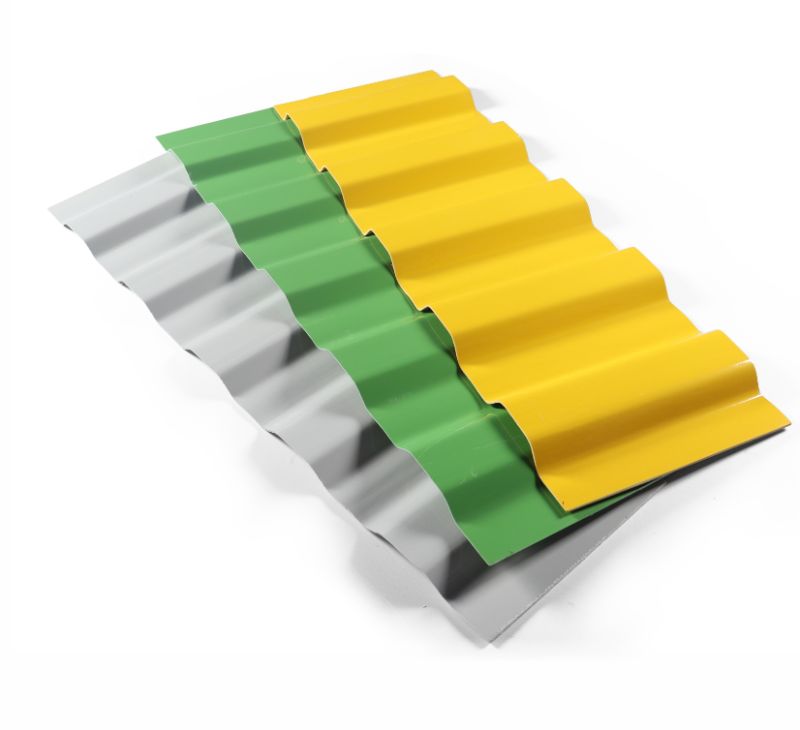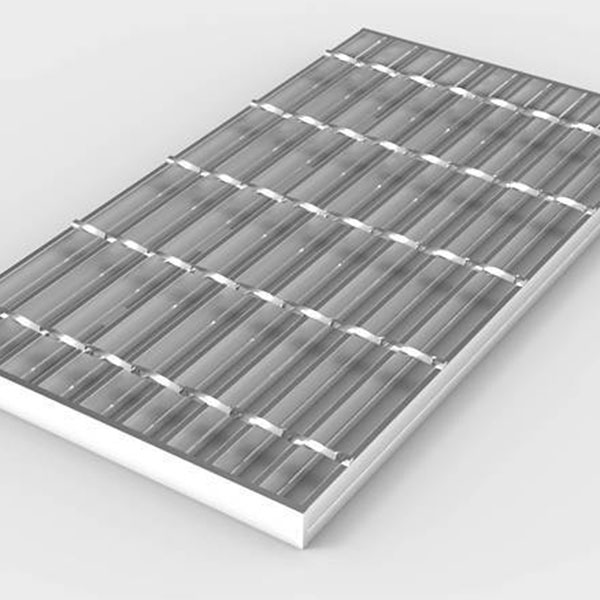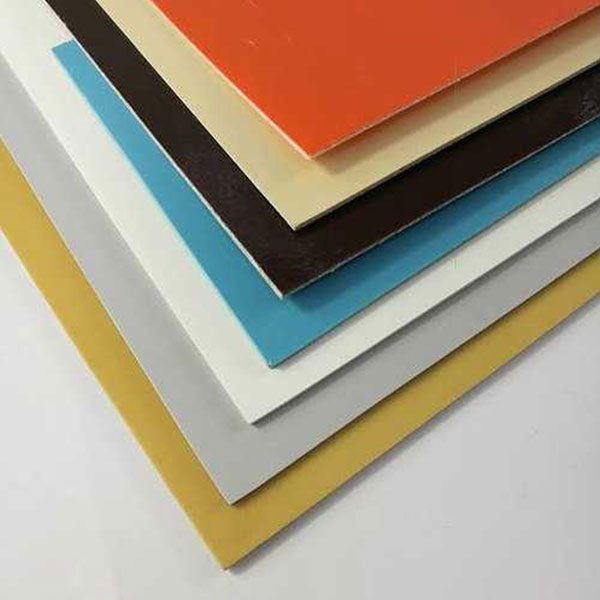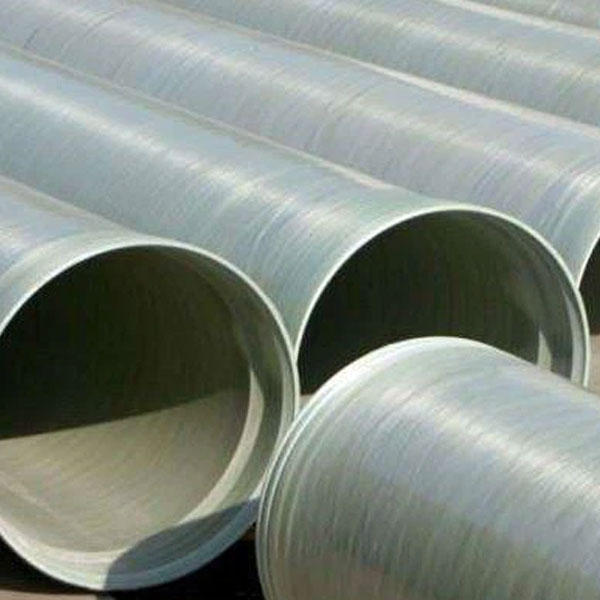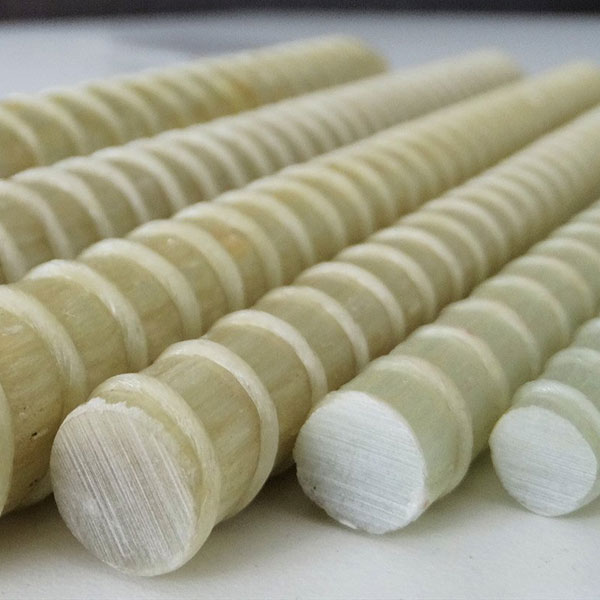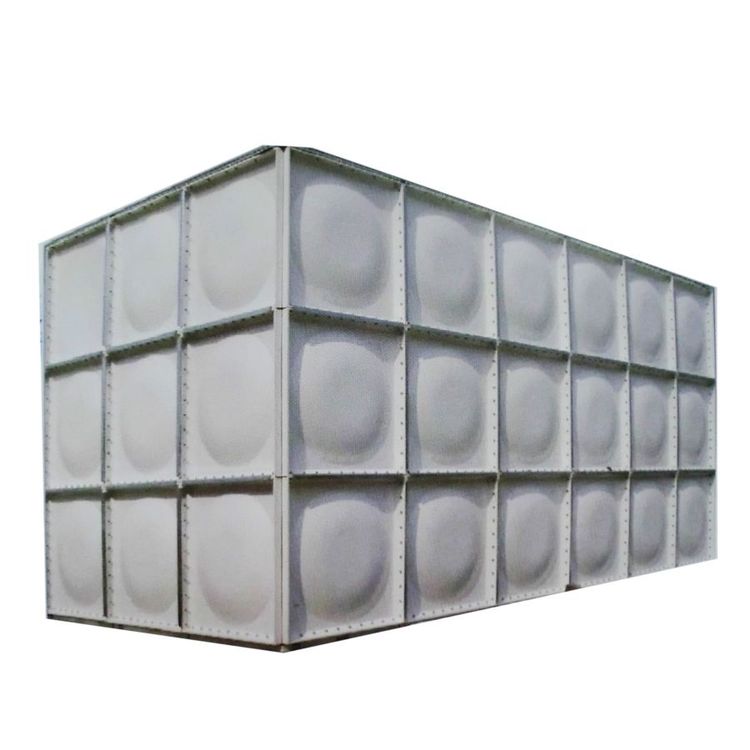PE Powder, short for Polyethylene Powder, is a thermoplastic powder made from the polymerization of ethylene monomers. It is widely used in industries due to its chemical inertness, excellent impact strength, and process versatility. PE powder is available in multiple grades and particle sizes tailored for different manufacturing processes, including rotational molding, fluidized bed coating, compounding, E sintering.
Introduzione alle prestazioni del prodotto
Depending on the molecular structure and density, PE powder is commonly classified as:
-
Low-Density Polyethylene (LDPE) Powder
-
Linear Low-Density Polyethylene (LLDPE) Powder
-
High-Density Polyethylene (HDPE) Powder
-
Ultra-High Molecular Weight Polyethylene (UHMWPE) Powder
🧪 2. Types and Grades of PE Powder
| Tipo | Density Range (g/cm³) | Applicazione tipica |
|---|---|---|
| LDPE | 0.910–0.930 | Coatings, adhesives, films |
| LLDPE | 0.915–0.940 | Rotomolding tanks, containers |
| HDPE | 0.941–0.965 | Pipes, drums, automotive parts |
| UHMWPE | > 0.940 with very high molecular weight | Bulletproof vests, liners, bearings |
🔬 3. Product Features and Benefits
-
✔️ Eccellente resistenza chimica: Withstands acids, alkalis, alcohols, and salts.
-
✔️ Low Water Absorption: Makes it ideal for marine and moisture-exposed applications.
-
✔️ Good Impact Resistance: Especially LLDPE and UHMWPE variants.
-
✔️ High Electrical Insulation: Suitable for wire & cable coatings.
-
✔️ Low Friction Coefficient: Especially UHMWPE—used in sliding applications.
-
✔️ Custom Colors Available: Via masterbatch addition or pre-colored grades.
-
✔️ FDA Approved Grades: Available for food and pharmaceutical contact.
⚙️ 4. Manufacturing Processes Utilizing PE Powder
4.1. Rotational Molding (Rotomolding)
-
Widely used in large hollow containers, fuel tanks, and bins.
-
Richiede uniform particle size (35–100 mesh) for optimal sintering and wall thickness control.
4.2. Electrostatic Powder Coating / Fluidized Bed Coating
-
Used for dishwasher racks, fencing, pipelines.
-
Powder must be electrostatically chargeable, often surface-treated.
4.3. Compounding & Masterbatch
-
PE powder is a carrier or base in masterbatch formulations for colorants and additives.
-
Free-flowing powders preferred for feeding consistency.
4.4. Compression Molding & Sintering
-
UHMWPE powder is often used for parti ad alte prestazioni, including seals, gears, and guides.
📄 5. Scheda tecnica (TDS)
The values below represent a typical specification. Actual data may vary by grade and manufacturer.
| Proprietà | Metodo di prova | Valore tipico |
|---|---|---|
| Proprietà fisiche | ||
| Aspetto | Visual Inspection | White or colored powder |
| Density (LDPE) | ASTM D1505 | 0.920 g/cm³ |
| Density (HDPE) | ASTM D1505 | 0.955 g/cm³ |
| Particle Size Distribution | Laser Diffraction | 35 – 100 mesh (customizable) |
| Densità apparente | ISO 60 | 0.40 – 0.55 g/cm³ |
| Melt Index (190°C/2.16kg) | ASTM D1238 | 0.3 – 30 g/10 min (grade-specific) |
| Proprietà meccaniche | ||
| Tensile Strength at Yield | ASTM D638 | 10 – 30 MPa |
| Allungamento a rottura | ASTM D638 | 400 – 800% |
| Modulo di flessione | ASTM D790 | 400 – 1200 MPa |
| Resistenza all'impatto (Izod) | ASTM D256 | No break (notched) |
| Proprietà termiche | ||
| Punto di fusione | DSC | 110°C (LDPE), 130°C (HDPE) |
| Vicat Softening Point | ASTM D1525 | 95–120°C |
| Conduttività termica | ASTM C177 | 0.40 W/m·K |
| Altre proprietà | ||
| Water Absorption (24hr) | ASTM D570 | <0.01% |
| Flammability Rating | UL94 | HB (V-2 possible with additives) |
| Food Contact Compliance | FDA 21 CFR, EU 10/2011 | Available (food-grade only) |
🔒 6. Packaging and Storage
-
Standard packaging: 20 kg bags, 500–1000 kg jumbo bags, O customized container loads.
-
Moisture barrier liner is used in moisture-sensitive applications.
-
Shelf life: 12 mesi in dry conditions.
-
Store in a cool, dry, shaded warehouse; avoid direct sunlight and humidity.
🌱 7. Environmental & Safety Information
-
PE powder is non-toxic, inert, E recyclable.
-
Burning produces CO₂ and water, but care must be taken not to overheat and generate decomposition products.
-
During processing, dust control systems and PPE are required to avoid inhalation hazards.
-
Complies with Direttiva RoHS, PORTATA, E WEEE directives (depending on grade).
📊 8. Typical Applications by Grade
| Industria | Utilizzo | Recommended PE Powder |
|---|---|---|
| Settore automobilistico | Fuel tanks, mud guards, under-hood parts | LLDPE, HDPE |
| Costruzione | Pipes, ducts, wall panels, membrane coatings | HDPE, LDPE |
| Consumer Goods | Water bottles, containers, household goods | LDPE, LLDPE |
| Agriculture | Irrigation pipes, chemical storage bins | HDPE, UV-stabilized grades |
| Elettrico | Insulating coatings, wire harnesses | LDPE, crosslinkable grades |
| Marino | Floatation devices, buoys, boat parts | LLDPE, HDPE |
| Food Packaging | Film layers, caps, bins | FDA-compliant LDPE or HDPE |
🧰 9. Opzioni di personalizzazione
Manufacturers and compounders offer PE powder in:
-
Various particle sizes (20 mesh – 200 mesh)
-
Color-matched or pre-colored powders
-
Antistatic, UV-stabilized, O flame-retardant versions
-
PE/PP blends O recycled content grades
-
FDA/NSF approved food-safe grades
🤔 10. Domande frequenti (FAQ)
Q1: Can I use PE powder in 3D printing?
👉 Some manufacturers offer powder bed fusion-compatible PE grades, but typically other polymers (e.g., PA12) are preferred for precision.
Q2: How do I ensure good dispersion of PE powder in a resin system?
👉 Use high-shear mixers, and optionally surface-treated powders to improve compatibility.
Q3: Is PE powder biodegradable?
👉 No. Standard polyethylene is not biodegradable, but oxo-degradable O biopolymer-blended grades exist.
Q4: Does PE powder shrink upon cooling?
👉 Yes, especially HDPE. Mold design must account for shrinkage rate (~1.5–4%).
Q5: Can PE powder be used with fiberglass or mineral fillers?
👉 Yes, and it is often blended with talc, glass fiber, or mica to improve stiffness or thermal resistance.
PE Powder
Serie:
Prodotti proxy >applicazione
Automotive Industry,Construction Industry,Aerospace Industry,Electronics Industry,Coatings and Paints
Marchio :
TFcomposito
Nome del prodotto :
PE Powder
FAQ
Q :
Can I use PE powder in 3D printing?
UN :
Some manufacturers offer powder bed fusion-compatible PE grades, but typically other polymers (e.g., PA12) are preferred for precision.
Q :
How do I ensure good dispersion of PE powder in a resin system?
UN :
Use high-shear mixers, and optionally surface-treated powders to improve compatibility.
Q :
Is PE powder biodegradable?
UN :
No. Standard polyethylene is not biodegradable, but oxo-degradable or biopolymer-blended grades exist.
Q :
Does PE powder shrink upon cooling?
UN :
Yes, especially HDPE. Mold design must account for shrinkage rate (~1.5–4%).
Altri prodotti correlati

